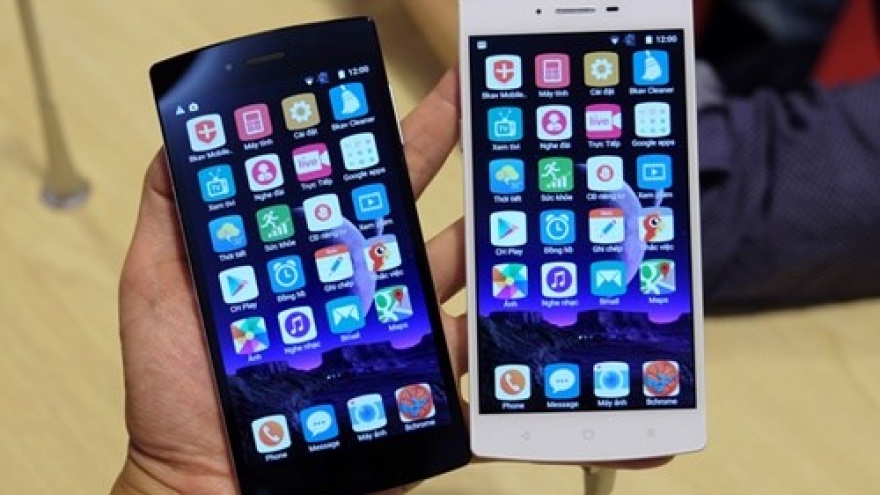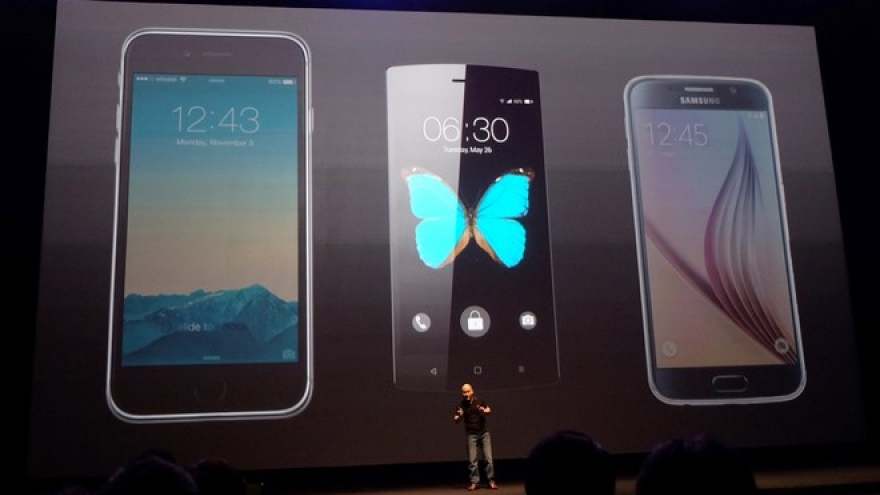Vietnamese smartphones survive in competitive market
While Vietnamese smartphone brands such as Hi-Mobile, BlueFone, F-Mobile, Avio and Zik 3G have left the market, others are thriving despite analysts' predictions.
 |
“One needs to learn the lessons from phone brands which had to leave the market by shortening the time for customers to experience products,” said Pham Van Tam, CEO of Asanzo, an electronics company which had revenue of VND2.5 trillion in 2016. It sold 500,000 TVs.
He said that Vietnamese brands failed to conquer the market because they could not catch up with the customers’ demand which change rapidly.
Businesses succeed if they can find the right market segments for their products.
Q-mobile, for example, succeeded because it sold models with 2 simcards priced at below VND2 million – products that big manufacturers such as Nokia, Samsung, LG and Sony Ericsson did not have.
The right decision helped Q-mobile acquire 12% of the mobile phone market share in 2010.
Later, as it was shifting to manufacture smartphones and chose a supplier, it failed in its first smartphone consignment.
HKPhone also once attracted users with mid-end and low-cost smartphones.
However, it had to leave the market in the third quarter of 2015 because it could not compete with foreign manufacturers on configuration and design.
Once gaining success with 200,000 Masstel feature phones sold monthly, but when Masscom, which owned Masstel, decided to make smartphones – Massgo – it ‘could not make things happen’.
One of the reasons behind the failure was that it followed the same model which brought success to Xiaomi, i.e. it sold products online on only one website (massgo.vn).
The model was not suited to Vietnam, where e-commerce development was not strong enough.
BKAV’s BPhone made the same mistake. Positioned as high-end products, BPhone had selling prices of VND12.9 million and VND20.2 million. It could not compete with big brands such as Apple and Samsung.
Another mistake was that BKAV focused on distributing BPhone online, and could not approach customers.
Mobiistar, Masscom and Mobell are the few Vietnamese mobile phone brands which still exist in the market.
Of these, only Mobiistar has stable advertisement, distribution and product programs, while Masscom and Mobell have been operating quietly.
Ngo Nguyen Kha, CEO of Mobiistar, said in order to exist with big players, Mobiistar will launch products at different price levels.


